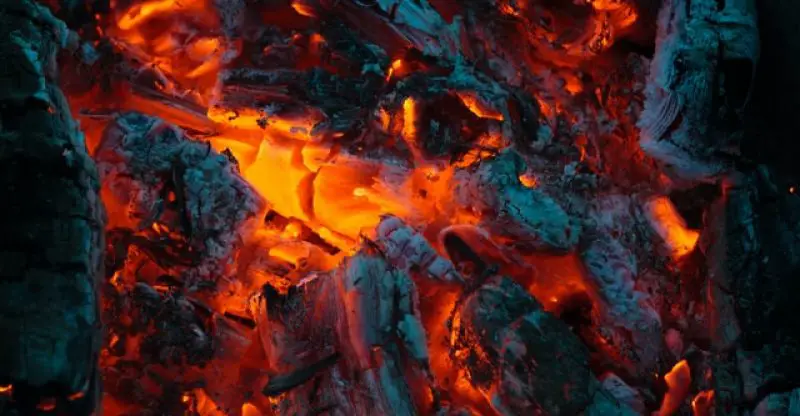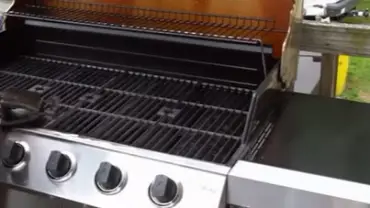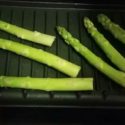How To Dispose Of Charcoal After Grilling
Do You Want to Know the Correct Way of How to Dispose of Charcoal After Grilling
No one wants a garbage fire in front of their house. Similarly, it is prudent to avoid setting fire to the garbage collection van that services your neighborhood or the local dump (Recycling and Household Waste site). However, with a little forethought, your spent ashes may be disposed of securely and efficiently, and they can even help your garden soil.
Before You Cook
- If feasible, avoid disposable grills — like many single-use products, they provide convenience at the expense of the environment. Disposable grills cannot be recycled, and manufacturers urge that they not be reused or refilled with new coal.
- On your barbecue, use high-quality unprocessed charcoal. You may use untreated charcoal ash in your garden. Treated charcoal ashes (usually marketed as ‘easy to light’) should not be used since they can be hazardous. The ash from processed charcoal must be discarded in your residual trash container (i.e., sent to landfill).
- Make use of as little charcoal as feasible. Always follow the manufacturer’s guidelines that came with your grill, although a 2 inch / 5 cm layer of charcoal in the bottom of your barbecue is usually sufficient.
- Avoid placing your grill near anything that might melt or catch fire, and stay away from fences.
- Keep a pail of water or sand handy while cooking if you need to put out the fire quickly.
How to Dispose of Charcoal
-
Extinguish and cool your charcoal/ashes
Grill With Cover:
If your grill has a cover and vents, close them after you’ve completed cooking to deprive the embers of oxygen. This also decreases the possibility of coal or embers escaping while waiting for the coal to burn out. By depriving the coals of oxygen, you increase the likelihood of leaving unused charcoal in the bottom of your grill to be utilized the next time you cook. If you do this, make careful to remove as much ash from the residual charcoal as possible. Keep the partially burned / remaining charcoal in the bottom of the grill dry until you’re ready to utilize it. When you’re ready to cook again, throw a fresh layer of charcoal on top and proceed as usual.
When There is no Lid:
If you might not have a lid or ventilation, or if you’re using a disposable grill, let it burn out (this might take many hours) or extinguish it with sand or water. Remember that new coals that have been soaked in water will be extremely difficult to relight/reuse, so you might be better off discarding them rather than attempting to reuse them.
If you extinguish your grill, please allow it to cool before attempting to transport or dispose of it. Hot water or sand can still burn you. Smoldering embers and hot ashes might potentially ignite anything in your garbage can or a waste pickup vehicle. You don’t want to risk setting fire to your car or the skips/bins at a Recycling and Household Waste site if you’re transferring your ashes/coals there.
It is advised that you wait 48 hours for the ashes/embers from a BBQ/fire pit to cool down. Even so, be cautious when disturbing the ashes because doing so might introduce oxygen and rekindle smoldering embers, which can set fire to surrounding or in your bin contents or simply melt your bin. Rake through the ashes carefully to check for smoldering and to assist in removing excess heat. If in doubt, drench them with water or sand before transporting them.
2. Get rid of the trash.
Disposable grills are not recyclable. After making sure they are totally cold, drop them in the residual trash bin (your black wheelie bin) or carry them to a Recycling and domestic garbage facility for disposal.
If you don’t have a plan for your ashes (see below), toss them in the residual garbage container. Before transporting them, make sure they are absolutely cool. If you use something to move the ashes to your bin, please use something reusable, or if you are going to put your ashes away in a container or bag, please use a non-recyclable material.
If you are carrying rubbish to a Recycling and Household Waste Site, please take extra precautions to verify that everything is extinguished and cold before loading the materials into your vehicle. Once on-site, you will be required to dispose of leftover / non-recyclable garbage in a container or skip.
Uses For Used Ash
- Fertilizer: The ash from additive-free wood charcoal includes a high concentration of potash (potassium carbonate), which is beneficial to many plants. Potash can raise the pH of your soil, making it more alkaline, so use it with caution. When working with acid-loving plants, avoid using charcoal ash (e.g., azaleas and hydrangeas). Potash is also not a favorite thing of new seedlings and seeds.
- Pest Repellant: Some gardeners use charcoal ash as part of a homemade pest repellent spray. To 4 liters of water, add 30g of ash and 30g of calcium hydroxide (also known as slaked lime, hydrated lime, caustic lime, and builders’ lime). Spray the mixture around the plants that need protection.
Uses For Unused Charcoal
If you have a bag of unused charcoal lying around that you aren’t going to use for grilling, throwing it away is your final option. we can also use it to do the following;
- Reduce Odors: Unused charcoal is quite effective at absorbing odors. To absorb food odors, place a handful of charcoal in a cloth bag and store it in your fridge or freezer. It should work with smelly shoes and trainers as well.
- Compost It: Adding an unused piece of charcoal to your compost heap will contribute carbon, which is necessary for the composting process (charcoal is a ‘brown’ substance). However, don’t put more than a handful at a time in your compost bin. Any uncomposted charcoal that ends up in your soil might limit the development of your plants. In fact, many people use charcoal powder for weed growth.
- Make cut flowers live longer: It states that adding one little bit of charcoal to the water of cut flowers would help them survive longer.
Conclusion
If you’re grilling, you’ll have to dispose of the charcoal and ash when you’re through. You should clear the ash from your grill after each session, but what is the best way to dispose of charcoal and ash?








